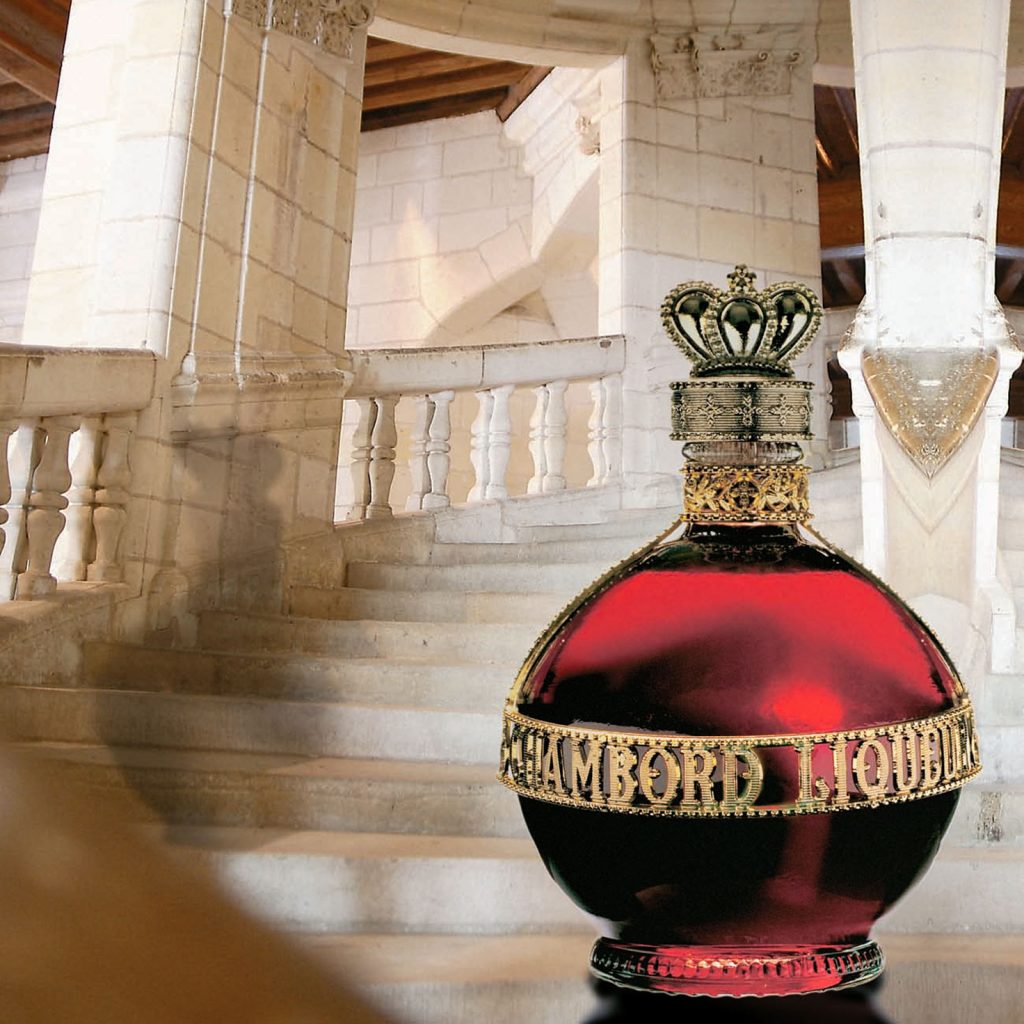While many of us could be accused of wasting money on frivolous things, King Louis XIV – or more accurately, his first wife Marie Therese (commonly known as Marie Antoinette) – took the concept of impulse shopping to a new level when she singlehandedly brought 17th century France to the brink of bankruptcy.
As a result, the starving masses who were understandably outraged by the court’s spending, staged a number of violent demonstrations culminating in various attacks on the palace at Versailles. Luckily for Louis and Co, his advisors were able to pre-empt these civilian tantrums by whisking everyone away to the safety of the French countryside when things started to get ugly in the capital.
It remains unclear whether King Louis XIV was on the run from an angry mob or just partaking in an innocent mini-break when he ventured down Château de Châmbord for the first time. Located in the Loire Valley, Château de Châmbord was originally built as a hunting lodge for one of King Louis’ forbears: King Francois I. After many years of neglect, the Château fell into terrible disrepair but King Louis, who was evidently no stranger to splashing around a few francs, decided to renovate the Chateau, adding a 300 horse stable into the bargain. Once the work was completed, King Louis would go on to spend several weeks a year down there entertaining luminaries such as French writer Moliere.
It was on one of these potentially quite literal escapes that King Louis was presented with a new invention – a black raspberry liqueur that his subjects had spent years perfecting. The liqueur was made by steeping blackberries and raspberries in spirits for a period of four weeks, during which time the berry flavours would infuse and develop. These spirits would then be extracted and a new layer of alcohol would be added to the fruit and allowed to rest for another two weeks. After this, the berries were pressed to extract the remaining juice and sugars. All three pressings were then blended to create a rich, sweet and uniquely natural berry flavoured liqueur to which the Maitre Liquoriste (the French equivalent of a master distiller) would add cognac, extracts of Madagascar vanilla, Moroccan citrus peel, honey and delicate herbs and spices.
Today, this extraordinary liqueur is still produced in the Loire valley and derives its name from the château where it was first conceived. Châmbord Liqueur Royale de France is made using the same recipe that was created over 350 years ago and remains a staple on French apéritif menus.



Comments are closed.